Invented by Hong Jiang, Leonard Chess, Columbia University of New York
The human immune system is a complex network of cells, tissues, and organs that work together to protect the body from harmful pathogens and foreign substances. One of the key players in this system is the CD8+ T cell, which is responsible for recognizing and destroying infected or abnormal cells. However, not all CD8+ T cells are created equal. Some are regulated by a pathway known as the HLA-E/Qa-1 limited regulatory pathway, which plays a critical role in maintaining immune homeostasis and preventing autoimmune diseases.
Recent research has shown that modulating this pathway could be a promising approach for treating a range of immunological disorders, including autoimmune diseases, cancer, and viral infections. There are two main strategies for targeting this pathway: activating it to boost the immune response, or blocking it to prevent overactivation and autoimmune reactions.
One approach to activating the HLA-E/Qa-1 pathway is to use small molecules or peptides that bind to the HLA-E/Qa-1 complex and stimulate CD8+ T cell activity. For example, a recent study showed that a peptide derived from the Epstein-Barr virus can activate HLA-E/Qa-1 restricted CD8+ T cells and enhance their ability to kill cancer cells. Other studies have identified small molecules that can activate the pathway and enhance the immune response to viral infections.
On the other hand, blocking the HLA-E/Qa-1 pathway can be useful in preventing autoimmune reactions and reducing inflammation. One way to do this is to use antibodies that specifically target the HLA-E/Qa-1 complex and prevent it from interacting with CD8+ T cells. This approach has shown promise in preclinical models of autoimmune diseases such as multiple sclerosis and rheumatoid arthritis.
Another strategy for blocking the pathway is to use small molecules that inhibit the enzymes responsible for processing and presenting antigens on the HLA-E/Qa-1 complex. This can prevent the activation of CD8+ T cells and reduce the risk of autoimmune reactions. Several such molecules are currently in development and have shown promising results in preclinical studies.
Overall, the market for methods to activate or block the HLA-E/Qa-1 limited regulatory pathway is rapidly growing, driven by the need for new and effective treatments for immunological disorders. While there are still many challenges to overcome, including the need for more clinical trials and better understanding of the underlying mechanisms, the potential benefits of these approaches are clear. With continued research and development, we may soon see new therapies that can harness the power of the immune system to fight disease while minimizing the risk of harmful side effects.
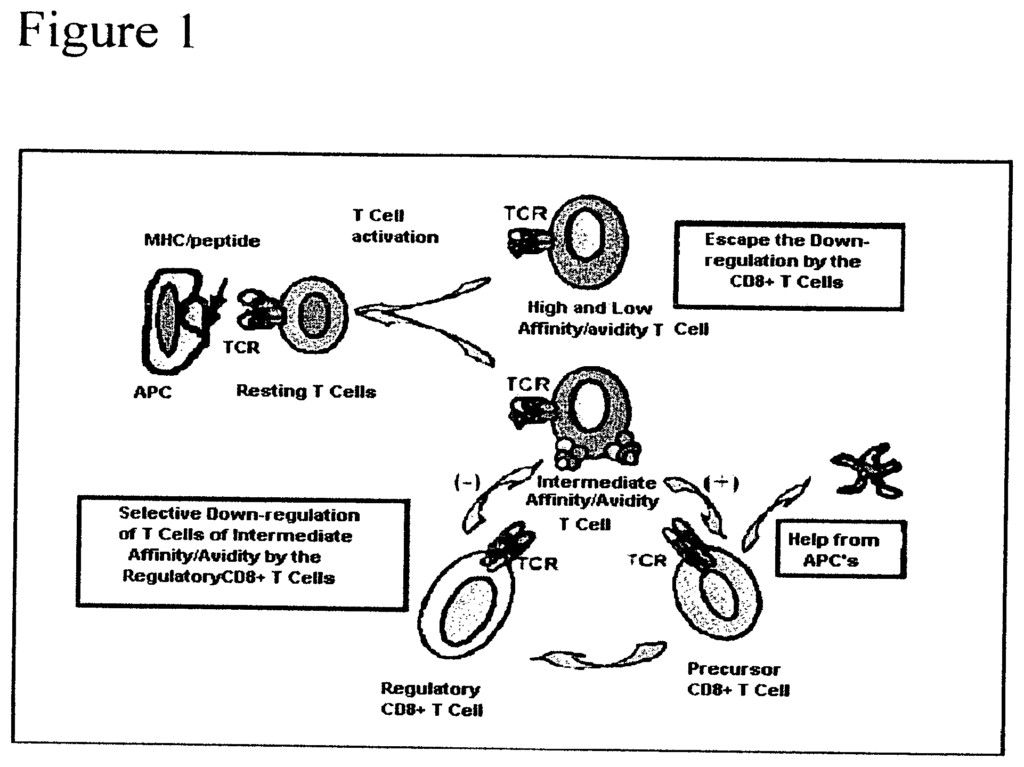
The Columbia University of New York invention works as follows
The method of inhibiting or increasing down-regulation by a HLA E+ T-cell activated by antigen is provided. It comprises contacting both the HLA E+ T-cell and the CD8+T-cell with an agent that inhibits or increases, respectively the binding between the TCR on the surface the CD3+T cell and the self-peptide displayed by HLA E on the HLA E+ T-cell, thus inhibiting, or enhancing respectively, the down-regulation by the antigen activate Compositions containing agents that inhibit or enhance/activate binding between (i), TCR on the surface a CD8+T cell and (ii), a self-peptide presented on the HLA E+ T cells surface, are provided, as well as tests for identifying these agents.
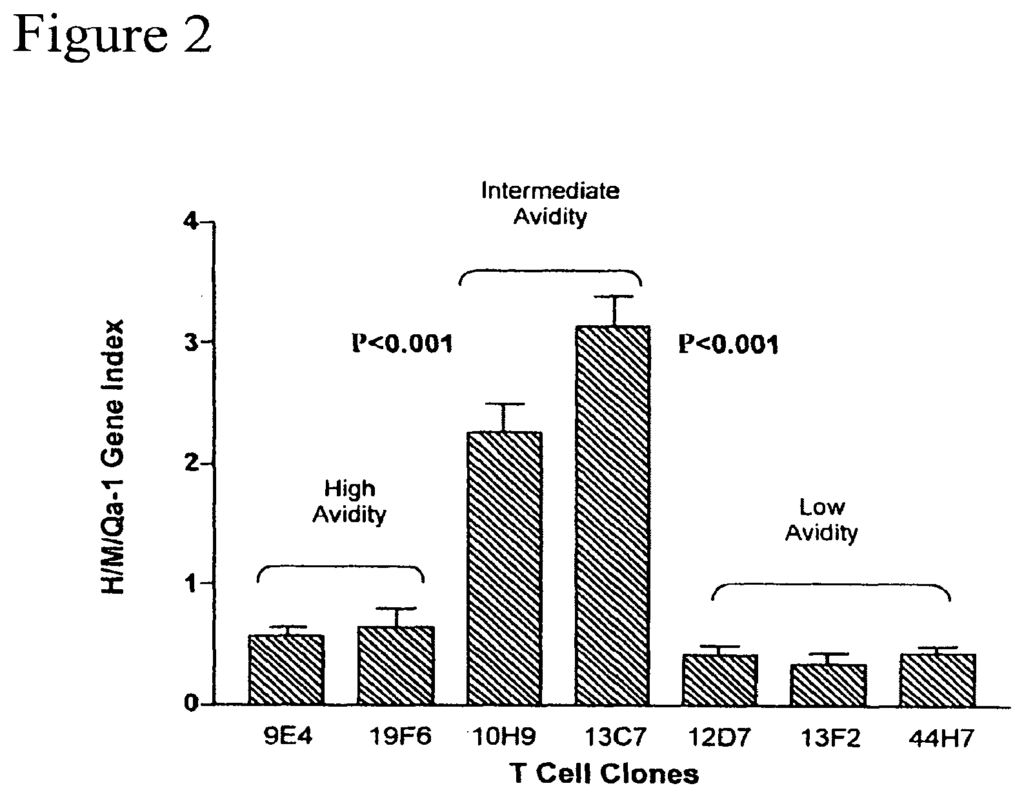
Background for Methods for activating or blocking the HLA-E/Qa-1 limited CD8+ T cells regulatory pathway in order to treat immunological diseases
An ?Avidity Model? “An?Avidity Model?
Experimental Details
Materials & Methods
Real Time PCR
SDS-PAGE Analysis and Western Blot Analysis
Qa-1a transfectants and T cell clones
Qa-1 binding Assay
NK Assay
Peptide Competition Assay
CD8+ Cell Inhibition assay
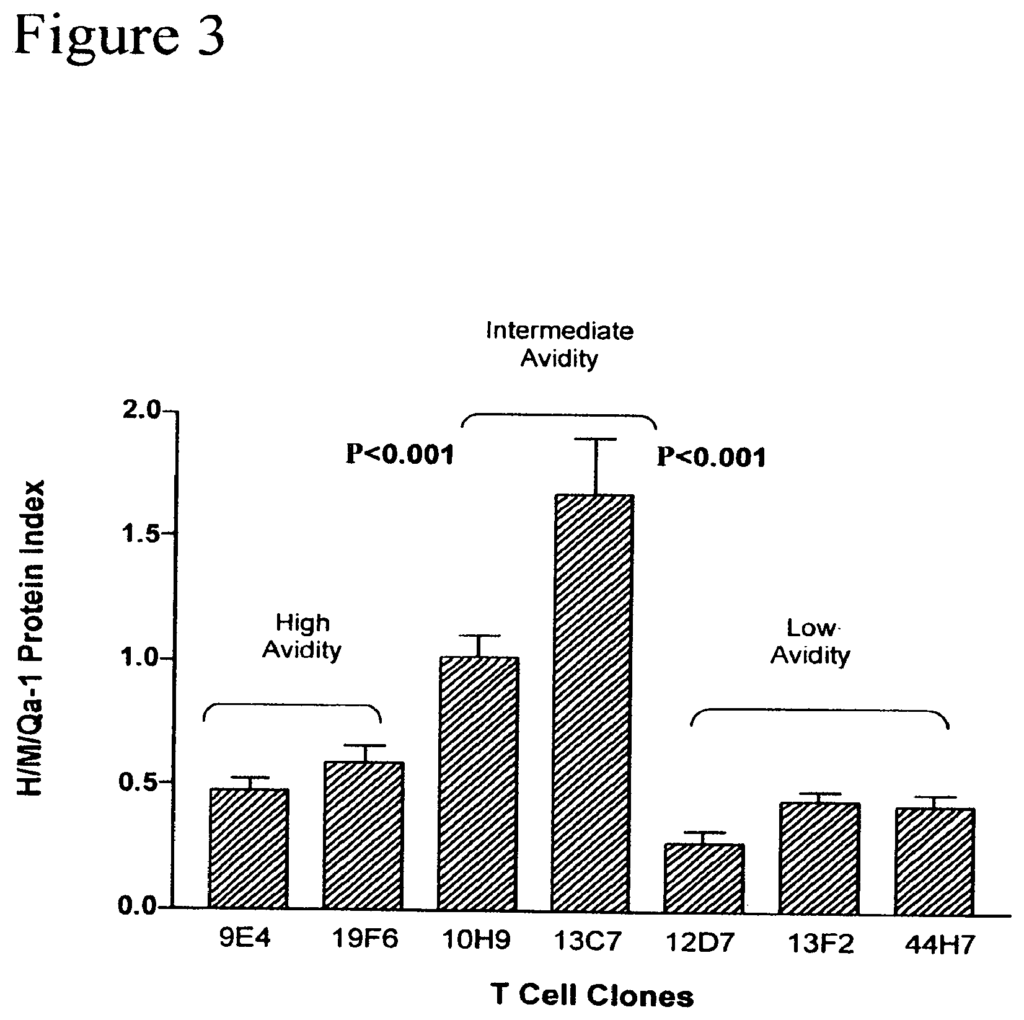
Discussion
Avidity model of self/non-self discrimination
The Implications of the Conceptual Framework for the Avidity model on Our Understanding of Peripheral T-Cell Regulation
Self/Nonself Discrimination Achieved During Adaptive Negative Selection Determines How the Adaptive immunity is Regulated at the Periphery in Order to Maintain Self-Tolerance.
Autoimmune Diseases Develop As A Consequence Of Failure Of Central Thymic Selection”.
?Danger Signals? “?Danger Signals?
The ‘Avidity Model’ of Self/Non Self Discrimination and Immunological Relevant Clinical Problems” “The?Avidity Model of Self/Non-Self Discrimination?
Cross-Protection for Autoimmune Diseases
?Cross-Protection? “The CD8+ T cells mediate the relationship between EAE and T1D
The CD8+T Cells Suppress Overall Immune Reactions to Self But Not to Foreign Antigens.
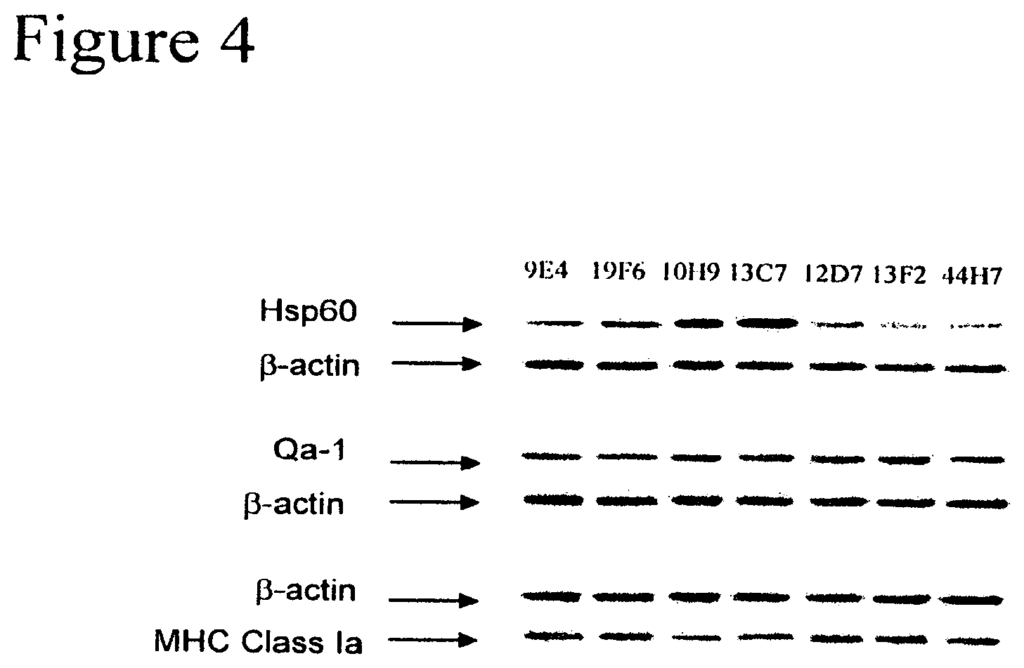
Human Studies
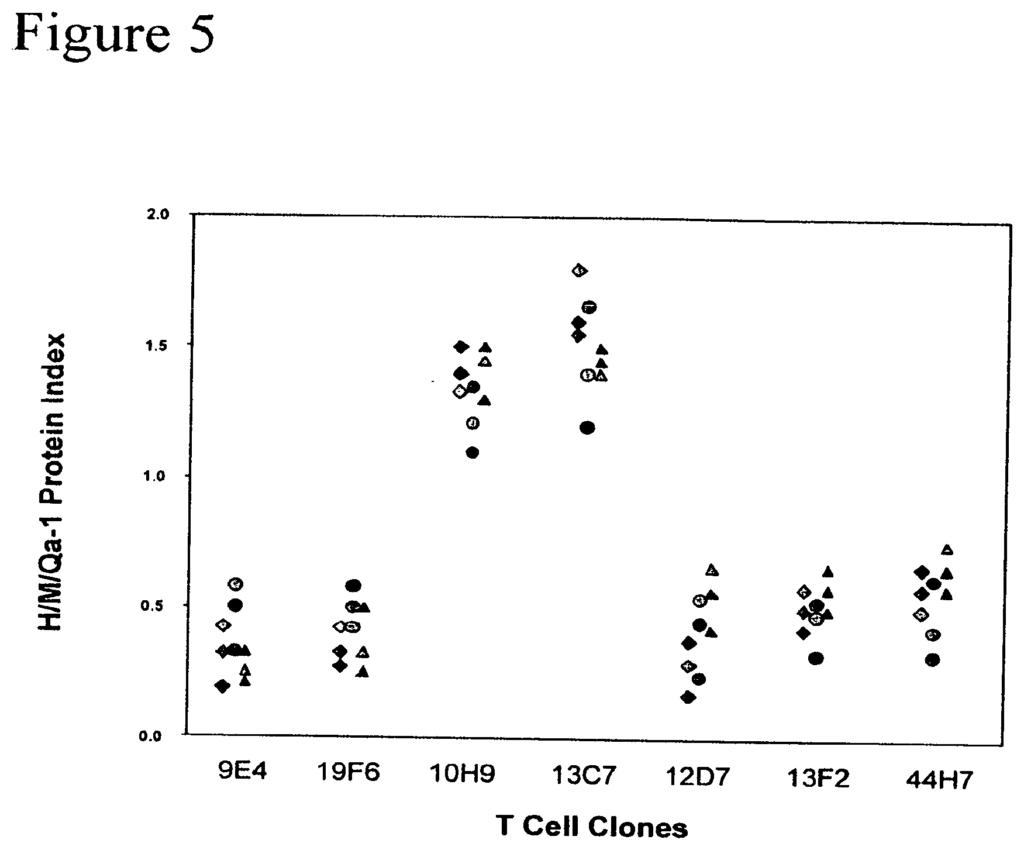
Click here to view the patent on Google Patents.
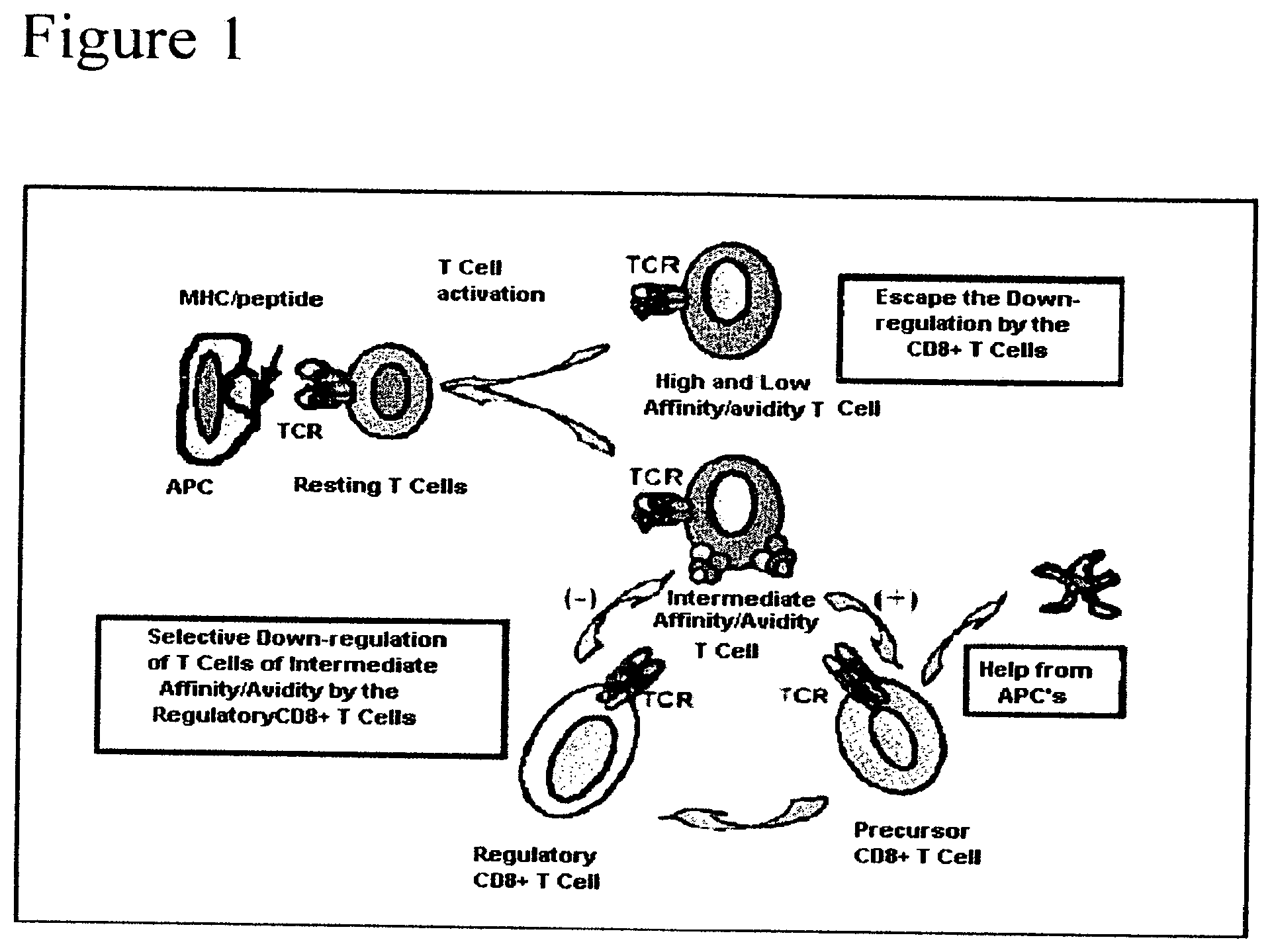
Leave a Reply